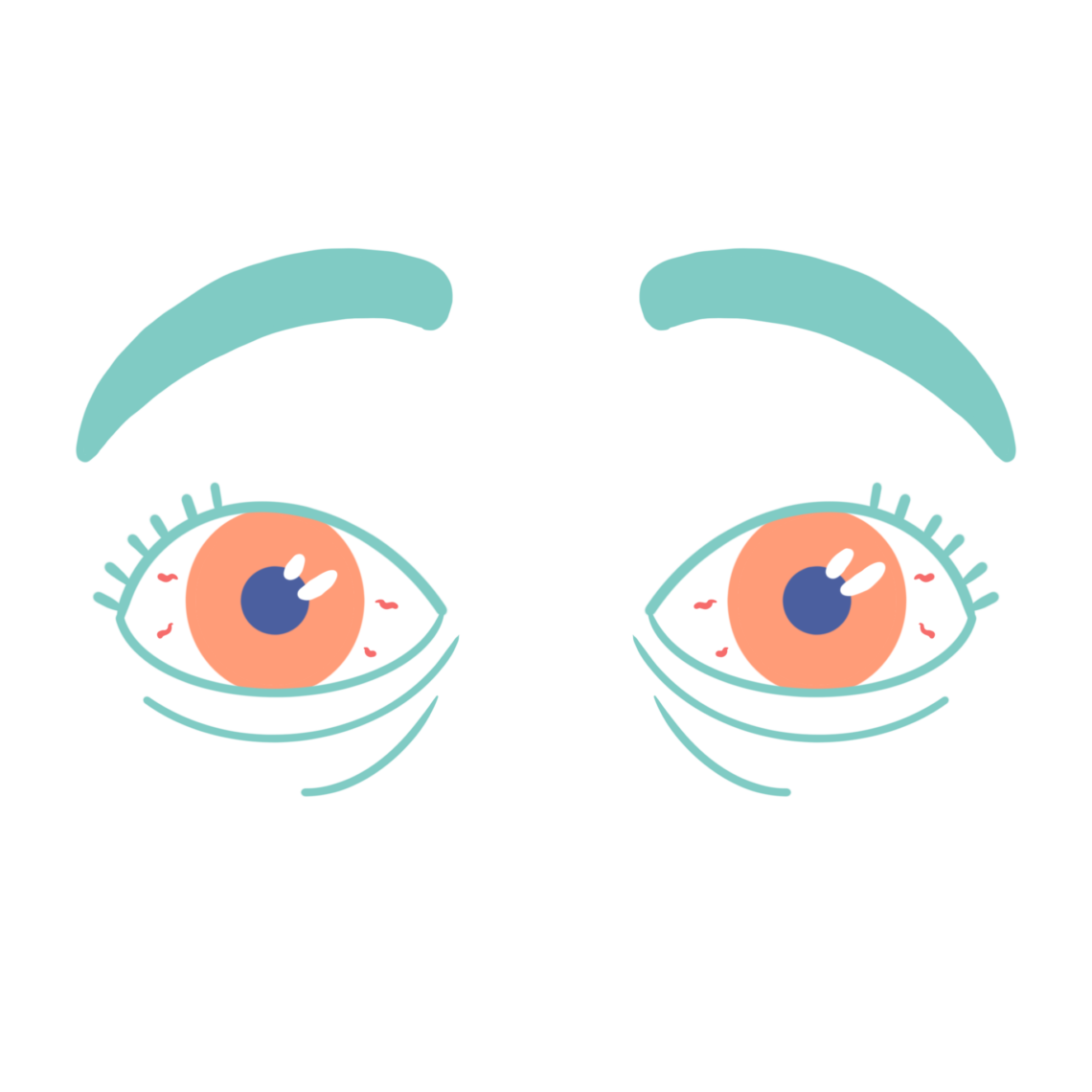
Coping with screen time-induced stress during COVID-19
As Canadians adapt to the COVID-19 pandemic, using technology has become essential for communication and entertainment. However, this increased screen time has taken a physical and mental toll on many users.
As companies embrace telecommuting, for many, the average workday now consists of eight hours at home sitting at a computer. Leisure time has also become increasingly digital, with a July health report by Statistics Canada stating that two-thirds of Canadians increased their consumption of TV and internet since March shutdowns.
At first, the effects of these changes may have passed unnoticed, but as weeks turned to months, people have felt many physical and mental symptoms of extra screen time, including digital eye strain.
A study by the American Optometric Association found that 58 per cent of people spending seven-hour workdays in front of a computer screen experience digital eye strain as a direct result. Symptoms of digital eye strain include eye strain, headaches, blurred vision and dry eyes.
Fortunately, in most cases, the symptoms of digital eye strain can be alleviated by following a few simple techniques from the American Optometric Association:
The 20-20-20 rule
Every 20 minutes, take a 20-second break from your screen and focus on something 20 feet away. This allows your eyes to relax and change focus.
Blinking
When working in a digital space, most people tend to blink less. To avoid digital eye strain, make a conscious effort to blink more, which helps prevent dry eyes.
Take breaks
It is recommended to take a 15-minute break for every 2 hours of screen time.
Adjust brightness levels
Your screen should never be brighter or darker than your surrounding environment.
Additionally, studies have shown that blue light emitted from screens can contribute to eye strain and cause disruption in sleep patterns. For this reason, looking into using a blue light filter — which is available on most PC and Mac computers — may help.
Even if physical symptoms are addressed, many people are suffering from mental stress as a result of excessive screen time. Monster.com, a job-finding website, reported in its state of the candidate survey that 50 per cent of respondents working from home were experiencing overwork and burnout, and around the same amount had no plans of taking a vacation or days off.
Perhaps the most important factor in avoiding screen time fatigue is limiting the amount of time spent staring at a screen. Before the pandemic, most people left work at a set time and had a commute home, signaling an end to their workday. Now that telecommuting is commonplace, it can be tempting for workers to push past the traditional workday to get ahead.
It might be best to ignore that impulse; working overtime every day can only lead to burnout. Sticking to a rigid schedule and ending work at the same time every day will give you time to decompress.
Using vacation days and taking time off can also be beneficial to your overall mental and physical health. Relaxation and time away from the screen might be just what the doctor ordered.
About the author



